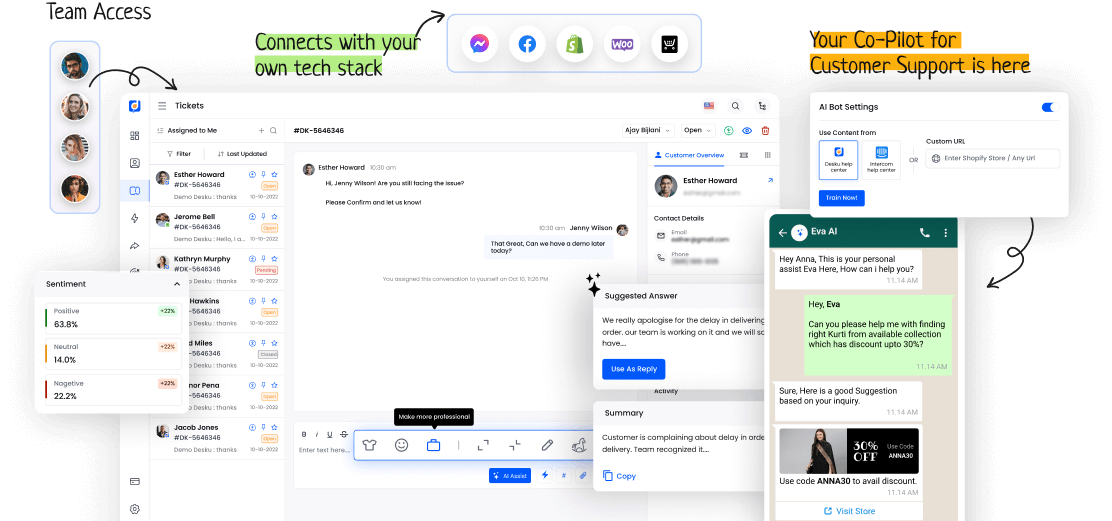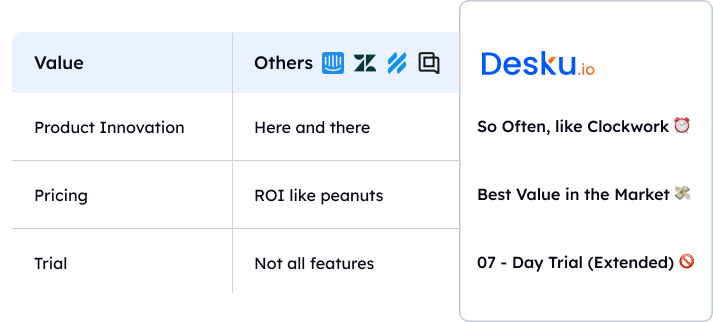Reports are vital in business and academia. They give a clear view of essential information. They help make informed decisions and plan strategically. They guide people towards actions.
But reports do more than just carry data. They have another function that's often overlooked. Yet, it's just as important. We will explore this function in the next sections. It will show how reports shape views and drive change in organizations.
I. Understanding the Concept of Reports
In business and school, reports are organized papers. They show in-depth study results and suggest actions based on data. Using pictures to show data is key. It makes hard information easy and quick to understand.
Graphs, charts, and diagrams help readers make sense of the data.
II. Importance and Uses of Reports
Knowing the importance and uses of reports is key in both school and work settings. Reports help share information, study data, and aid in smart decision-making. Reports offer understanding, keep tabs on progress, and back up decisions made from facts. They have many uses, from school studies to checking how well a business is doing.
| Importance | Benefits | Uses | Significance |
|---|---|---|---|
| Sharing info | Studying data | School studies | Decision-making based on facts |
| Smart choices | Keeping tabs on progress | Checking business performance | Making informed choices |
III. Types and Structure of Reports
Knowing different report types and structures helps to share information and data clearly and orderly.
- Report Types:
- Reports giving information
- Reports analyzing data
- Reports from research
Getting good at these report structures ensures the message gets to those who depend on it, both fully and efficiently.











